Archives
- 2025-10
- 2025-09
- 2025-04
- 2025-03
- 2025-02
- 2025-01
- 2024-12
- 2024-11
- 2024-10
- 2024-09
- 2024-08
- 2024-07
- 2024-06
- 2024-05
- 2024-04
- 2024-03
- 2024-02
- 2024-01
- 2023-12
- 2023-11
- 2023-10
- 2023-09
- 2023-08
- 2023-06
- 2023-05
- 2023-04
- 2023-03
- 2023-02
- 2023-01
- 2022-12
- 2022-11
- 2022-10
- 2022-09
- 2022-08
- 2022-07
- 2022-06
- 2022-05
- 2022-04
- 2022-03
- 2022-02
- 2022-01
- 2021-12
- 2021-11
- 2021-10
- 2021-09
- 2021-08
- 2021-07
- 2021-06
- 2021-05
- 2021-04
- 2021-03
- 2021-02
- 2021-01
- 2020-12
- 2020-11
- 2020-10
- 2020-09
- 2020-08
- 2020-07
- 2020-06
- 2020-05
- 2020-04
- 2020-03
- 2020-02
- 2020-01
- 2019-12
- 2019-11
- 2019-10
- 2019-09
- 2019-08
- 2019-07
- 2018-07
-
In summary A is a potent
2019-10-02
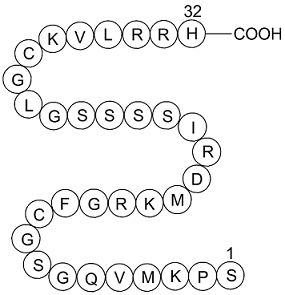
In summary, A-216546 is a potent, orally available endothelin receptor antagonist with a high selectivity for the endothelin ETA receptor. The potency and bioavailability of A-216546 suggest that it will have important utility for preclinical evaluation of the pathophysiology of the endothelin syste
-
br Experimental Procedures br Acknowledgments br
2019-10-02
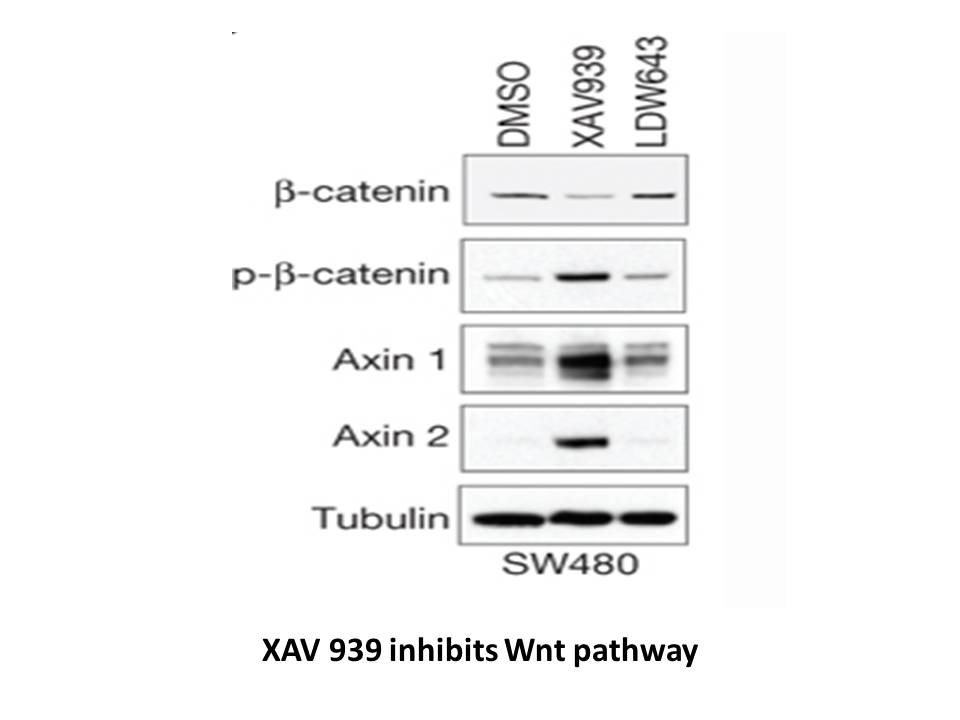
Experimental Procedures Acknowledgments Bisphenol A (BPA) has been recognized as one of the most potent endocrine disruptors, functioning even at very low doses. Although it is anticipated that CARIPORIDE clinical receptor (ER) would mediate these effects of low-dose BPA, studies revealed th
-
According to the Nomenclature Committee of the International
2019-10-02
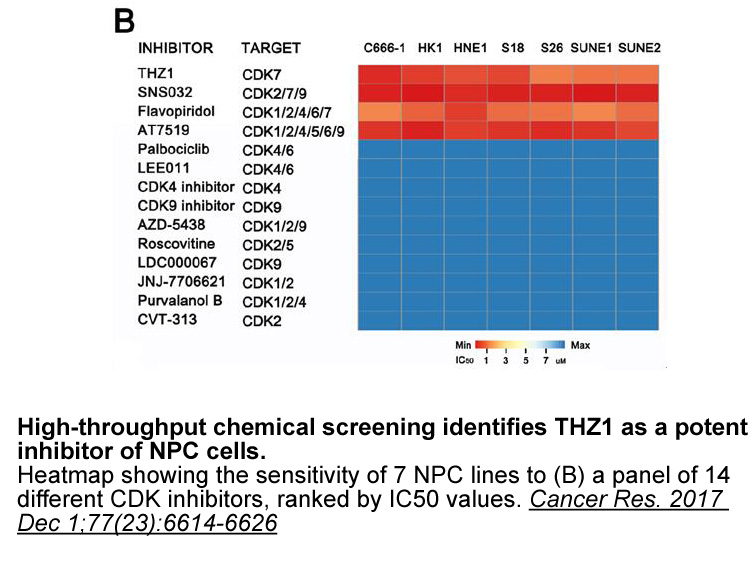
According to the Nomenclature Committee of the International Union of Biochemistry and Molecular Biology (NC-IUBMB, 1992), peptidases are divided into two classes, namely exopeptidases and endopeptidases, based on their actions on substrates and their active sites, respectively. Endopeptidases inclu
-
br Conclusions br Acknowledgements br Introduction Liver
2019-10-01
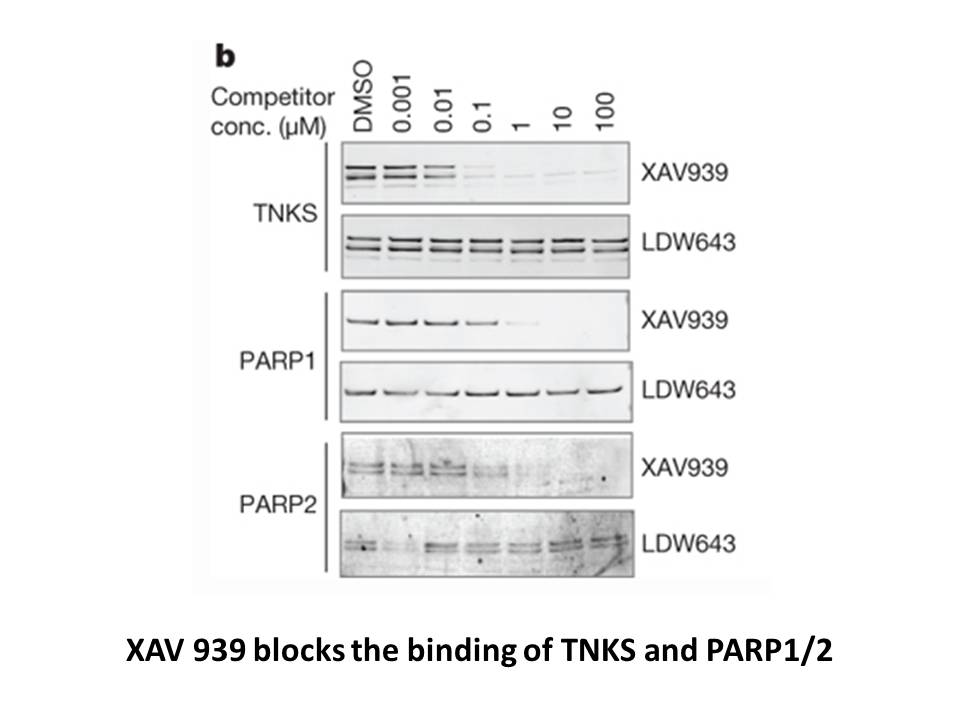
Conclusions Acknowledgements Introduction Liver cancer was the fifth most common cancer and the second leading cause of cancer-related death worldwide [1]. Most of primary liver cancers (70–90%) occurring worldwide are hepatocellular carcinoma (HCC) [2]. Persistent hepatitis B virus (HBV) i
-
Chemokines act as ligands for the chemokine receptors
2019-10-01
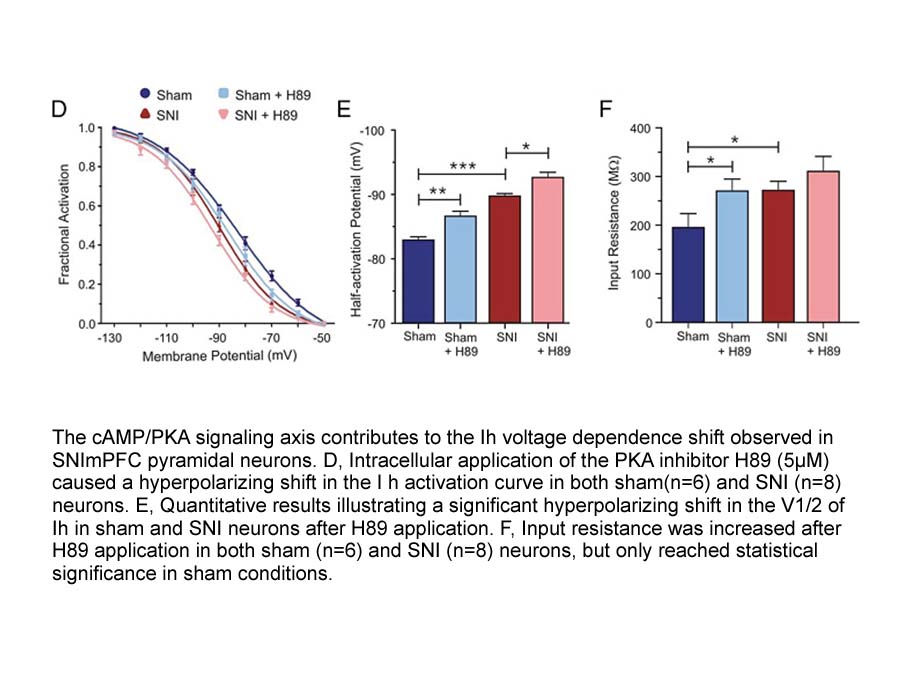
Chemokines act as ligands for the chemokine receptors, which possess 7-transmembran domain-type proteins functionally coupled to G proteins. Leukocytes express 19 chemokine receptors which control their influx and activation at the site of inflammation. Human neutrophils express both CXCR-1 and CXCR
-
Characterization factor is another variable suggested in the
2019-10-01
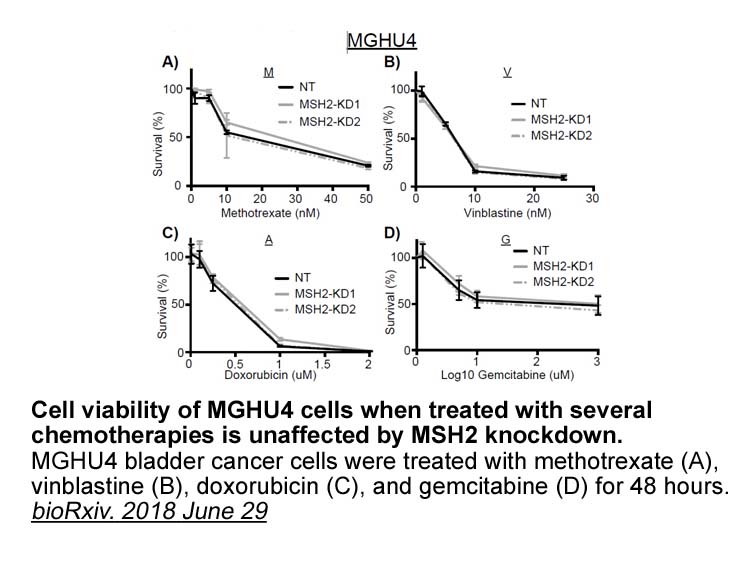
Characterization factor is another variable suggested in the presented correlation. Specific gravity (SG) and normal boiling point of hydrocarbons are needed to calculate Watson characterization factor [61], [62]: The boiling point of bitumen cannot be precisely measured, because bitumens contain
-
We found that E and GEN each has
2019-10-01
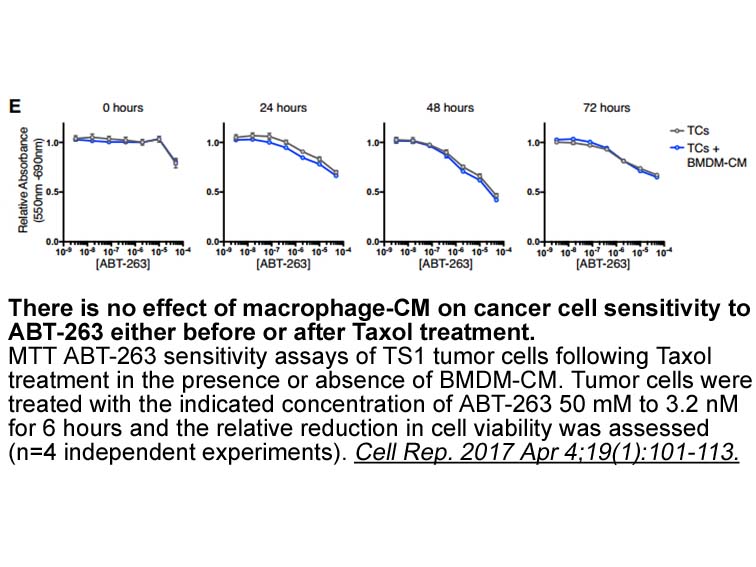
We found that E2 and GEN each has mostly similar effects on recruitment of the epigenetic modulators to the MB-COMT distal promoter (summarized in Table 2). These effects are associated with increased promoter methylation and gene suppression of COMT. It is noted that the array of epigenetic modulat
-
ICI 118,551 hydrochloride DDR although normally expressed in
2019-10-01
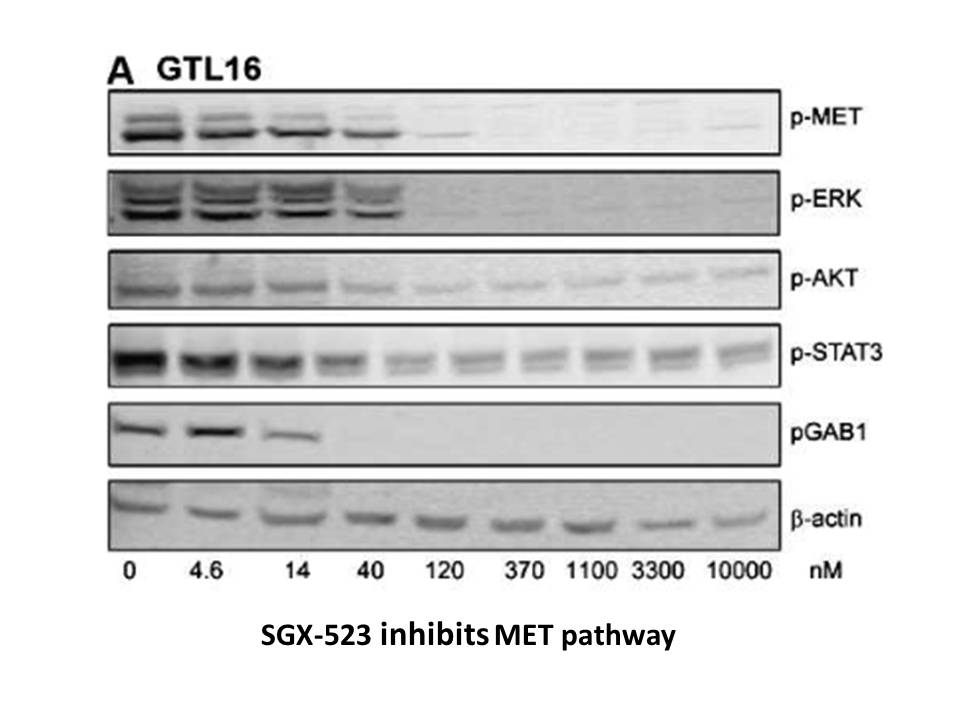
DDR2, although normally expressed in ICI 118,551 hydrochloride with mesenchymal features, has also been reported to enhance EMT. In A549 lung cancer cells, TGFβ1 increases the expression of type I collagen and DDR2. Knocking-down COL1A1 or DDR2 with siRNA is sufficient to inhibit EMT and cell migra
-
In general accurate results for the prediction of the solubi
2019-09-30
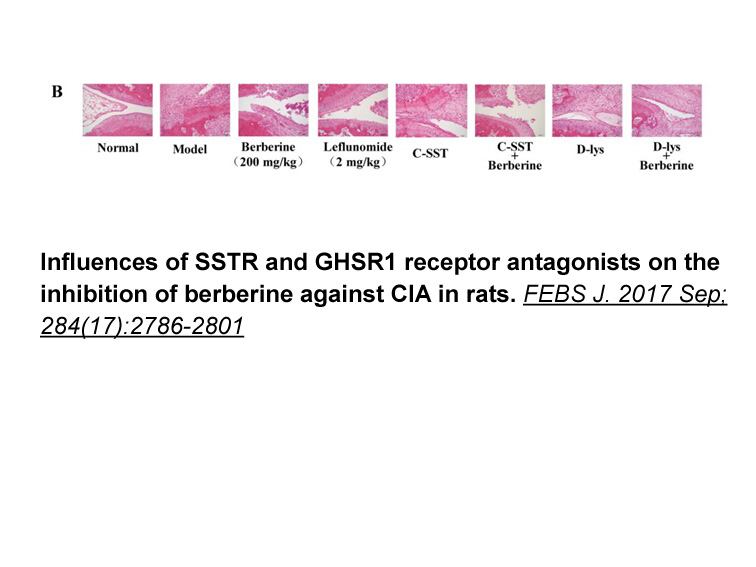
In general, accurate results for the prediction of the solubility in scCO2 + cosolvents using the CPA-EoS were verified. ALD values for each solute (Table 1) varied from 0.04 to 1.5. Few solutes, such as lauric acid, myristic acid, hydroquinone and salicylic acid, presented the highest ALD values. A
-
The mechanism underlying the increased PON levels found in g
2019-09-30

The mechanism underlying the increased PON1 levels found in greenhouse workers may be accounted for by an increased protein Febuxostat following pesticide interaction with different nuclear receptors as also occurs with other chemicals, such as polyphenols and statins [28]. A number of nuclear rece
-
Besides the assessment of toxicological effects immediately
2019-09-30

Besides the assessment of toxicological effects immediately after exposure, we also studied the potential recovery of the exposed organisms, through the quantification of ChE activity at specific time intervals after placing organisms in clean test medium. Recovery from chemical challenge, in this c
-
The Liver X Receptor and LXRs NR H and
2019-09-30
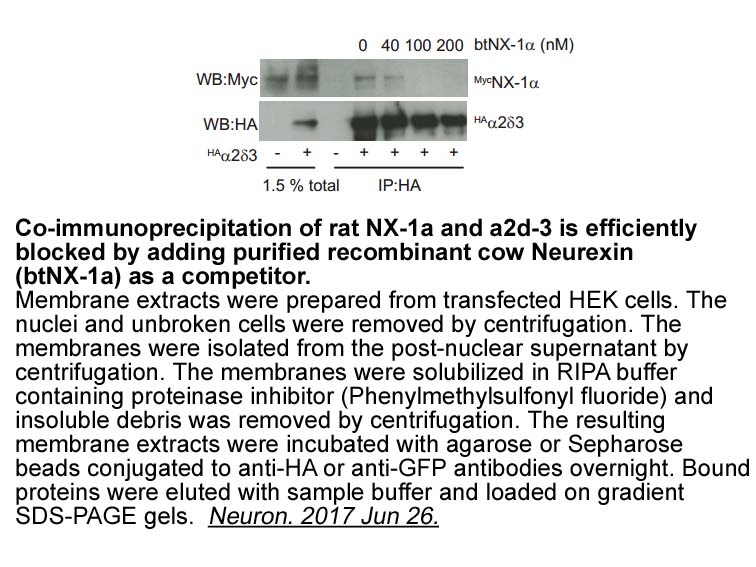
The Liver X Receptor-α and -β (LXRs, NR1H3 and NR1H2, respectively) are members of the nuclear receptor superfamily that play a central role in controlling cholesterol homeostasis [9], [10]. In macrophages, LXRs can decrease the cellular sterol burden by inducing expression of the cholesterol efflux
-
citric acid clinical EBI and its ligand s EBI was
2019-09-30
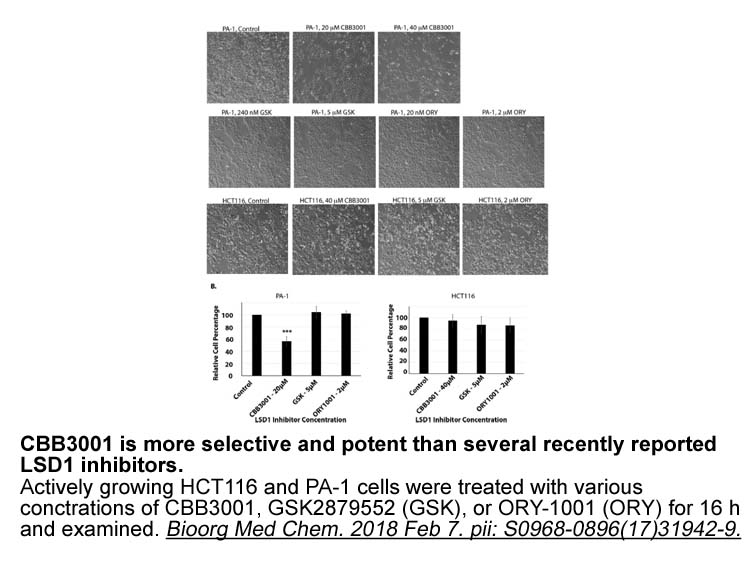
EBI2 and its ligand(s) EBI2 was found in a screen of upregulated genes in human B cells upon infection with EBV [1]. EBI2 is a G-protein (Gαi type) coupled receptor [2] but as long as 18 years after its discovery the nature of its ligand remained undisclosed. With the help of transfected cell lines
-
Calcein acetoxymethyl ester mass To study the role of DNA PK
2019-09-30
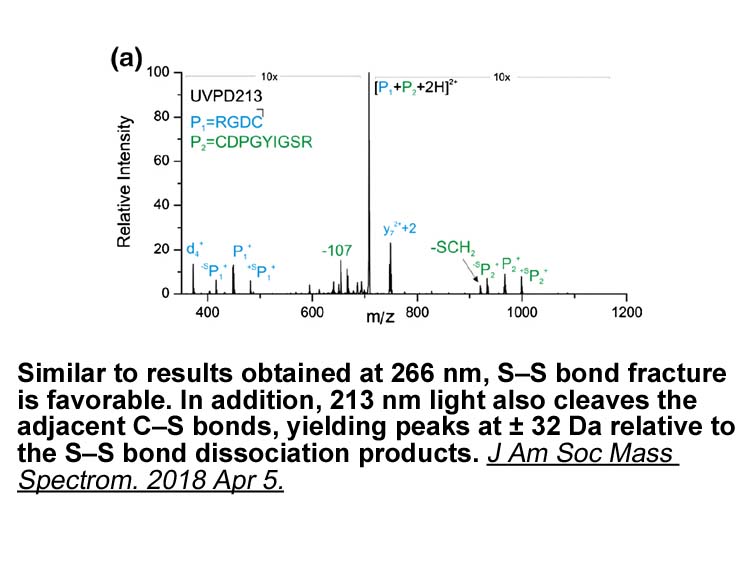
To study the role of DNA–PK in the response to replication arrest, we used the DNA replication inhibitor aphidicolin (APH). APH, a mycotoxin isolated from Cephalosporium aphidicola, inhibits DNA replication by interacting with the replicating DNA polymerase α (pol α). APH specifically inhibits the a
-
The Nile tilapia Oreochromis niloticus is an
2019-09-30
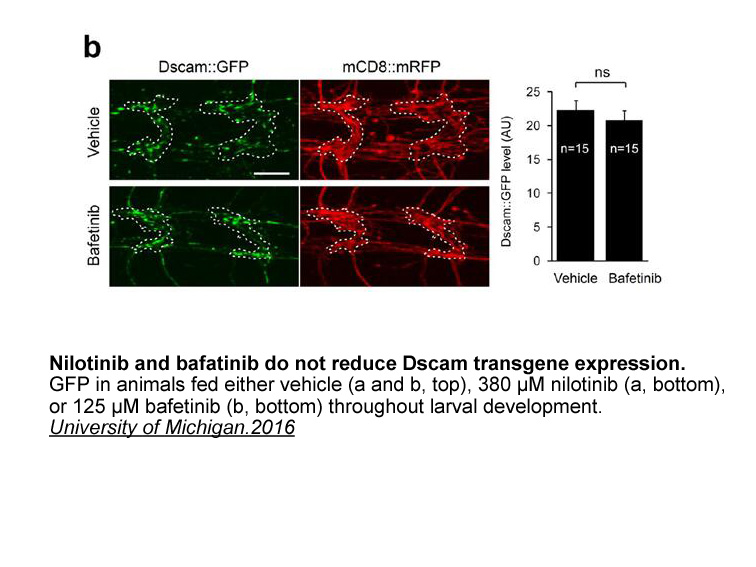
The Nile tilapia (Oreochromis niloticus) is an important farmed fish with an XX/XY sex-determining system. The availability of the whole genome sequence of tilapia and tissue transcriptomes (Brawand et al., 2014), together with its gonadal transcriptomes at different developmental stages (Tao et al.
14752 records 951/984 page Previous Next First page 上5页 951952953954955 下5页 Last page